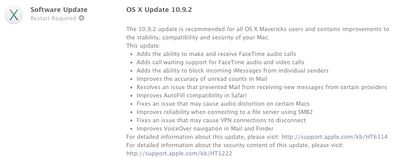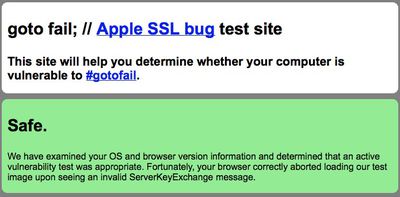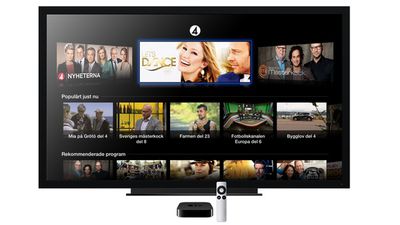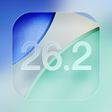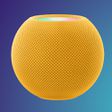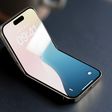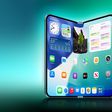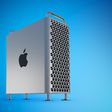Apple has updated the software used by large companies and educational institutions to deploy thousands of iPads and iPhones to employees and students. The changes to Apple's Device Enrollment Program, its Volume Purchase Program, and the Apple ID for Students services are detailed in a report at TechCrunch and in an overview document [PDF] posted to Apple's IT Deployment site.
Among other changes, Apple now allows IT administrators to set up devices without physically plugging each one into a computer to install a profile, potentially saving significant amounts of time when setting up thousands of devices. Also, profiles can be locked to devices, preventing employees or students from removing any restrictions simply by revoking an IT department profile -- something that derailed the Los Angeles Unified School District's rollout of iPads to thousands of students.
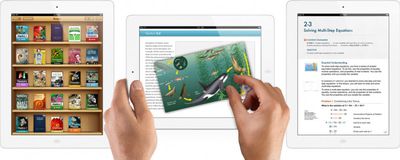
I’ve had conversations with IT pros and people who roll out large iPad installs in the past and they’ve mentioned that one of the things that has continued to cause Windows devices to hold some appeal is their better remote installation and configuration support. To that end, Apple has made some updates to improve that situation.
Both the enterprise and education programs now have support for Mobile Device Management hands free configuration. This ‘zero touch’ setup has been a long-requested feature for many pros, as it eliminates the need to cable up every deployed device and install a profile via Apple’s Configurator utility.
Apple has expanded the Volume Purchase Program to more countries and now allows VPP purchases to be made via purchase order, important to large companies. Finally, Apple has also set up a new type of COPPA-compliant Apple ID for students under the age of 13.
Apple executives routinely tout adoption numbers of iOS devices by large companies in its quarterly earnings calls, and these updates should help assuage concerns in IT departments about rolling out large iOS device deployments. Much more information about deploying iOS devices is available on Apple's website.


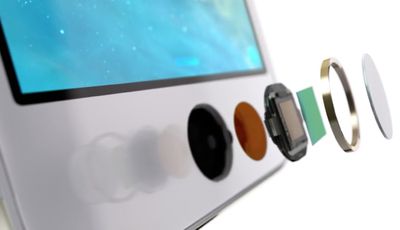

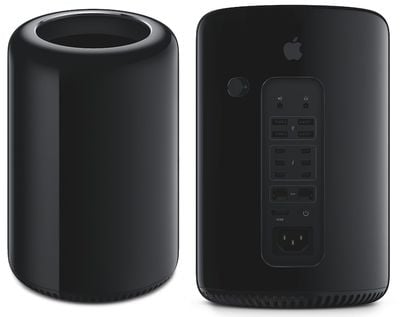
 Apple today released a minor update to its iTunes software, fixing an issue that could cause iTunes to quit unexpectedly when a device is connected. The update also improves compatibility with iBooks for Mac on OS X Mavericks.
Apple today released a minor update to its iTunes software, fixing an issue that could cause iTunes to quit unexpectedly when a device is connected. The update also improves compatibility with iBooks for Mac on OS X Mavericks. Director David Fincher is
Director David Fincher is 

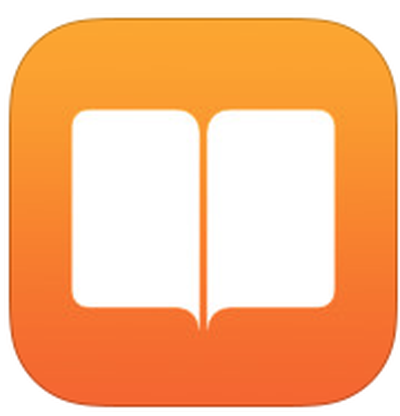 Apple filed a formal appeal on Tuesday asking the U.S. Circuit Court of Appeals to overturn the
Apple filed a formal appeal on Tuesday asking the U.S. Circuit Court of Appeals to overturn the 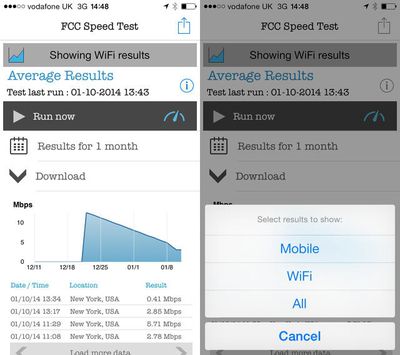
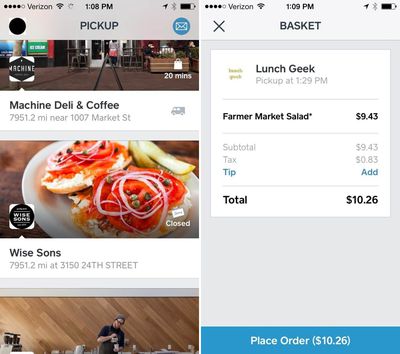


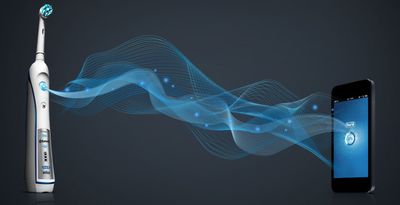
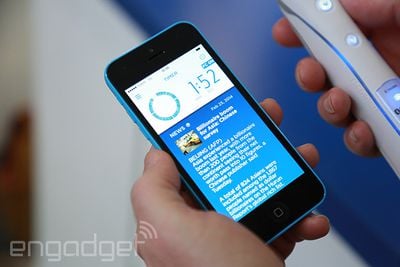
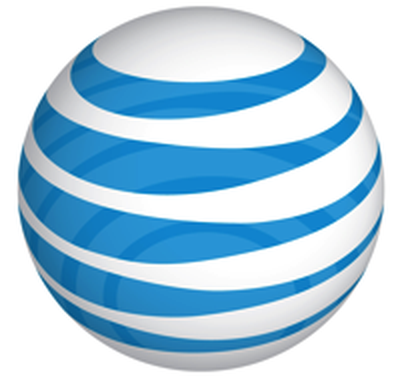 AT&T today
AT&T today 